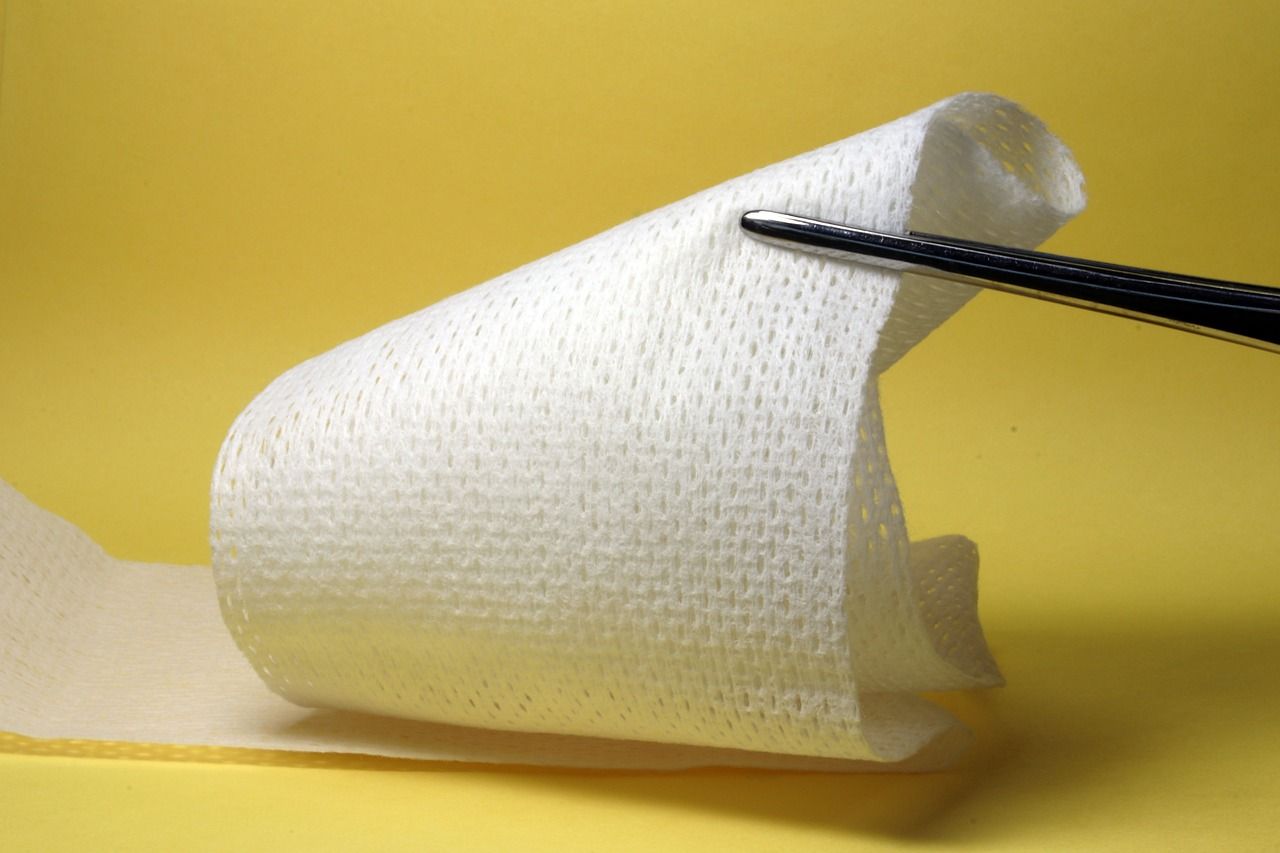Follow us on Google News (click on ☆)

Illustration Image Pixabay
Scientists from McGill University have discovered that it might be possible to modify the organization of the hydrogel surface to determine not only the surfaces to which the material will (or will not) adhere but also the strength and speed of this adhesion.
This means that the adhesive hydrogel can be programmed to adhere strongly to healthy tissues but weakly to damaged tissues, thereby avoiding causing further injuries.
"This discovery could allow surgical teams to take the necessary time to properly apply a hydrogel that would adhere to the desired regions and only those," says Zhen Yang, a postdoctoral fellow in the Department of Mechanical Engineering at McGill University and the lead author of the paper recently published in the journal Proceedings of the National Academy of Sciences. "The next step is to determine how this discovery could be beneficial for the design of devices for prolonged drug release on the surface of tissues."
The paper "Programming hydrogel adhesion with engineered polymer network topology", by Zhen Yang and colleagues, was published in the journal PNAS.